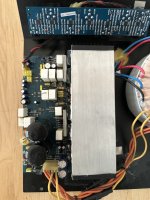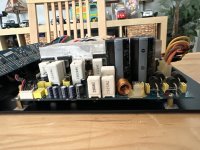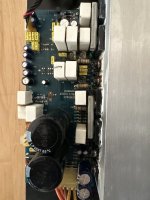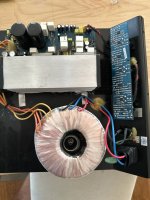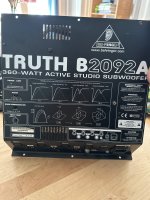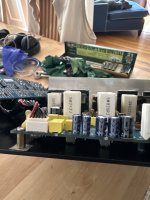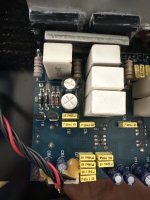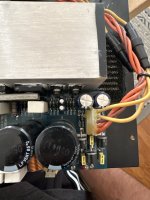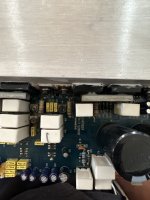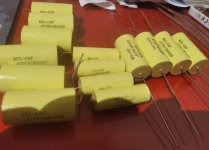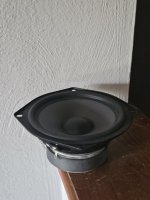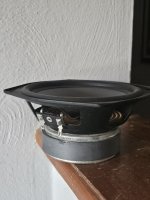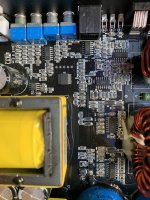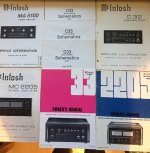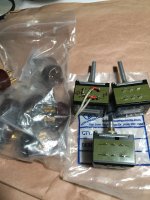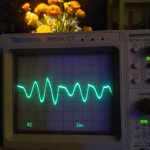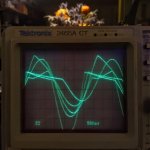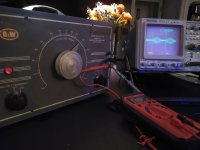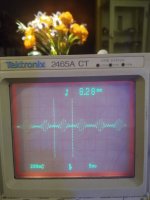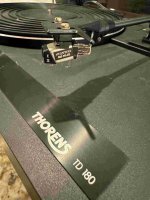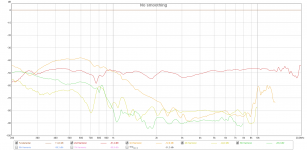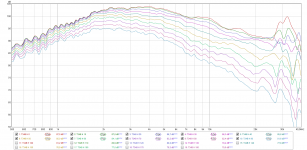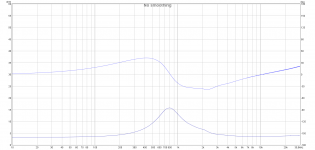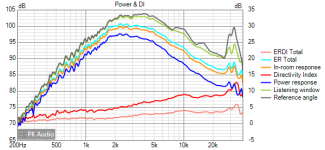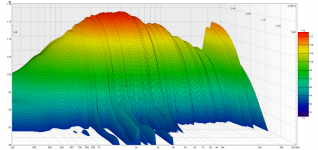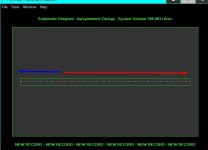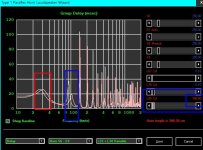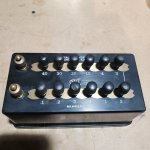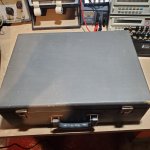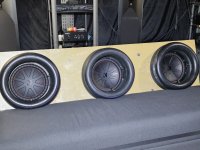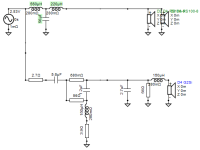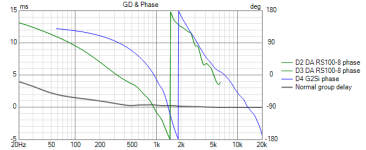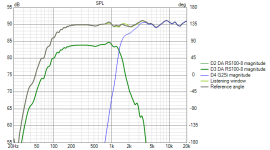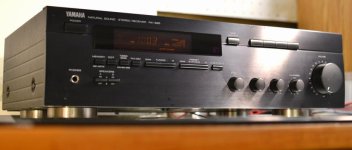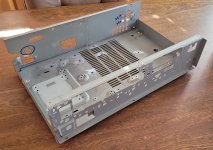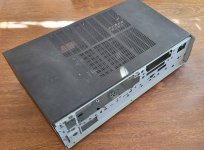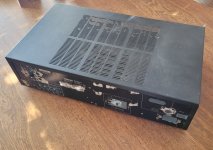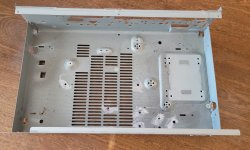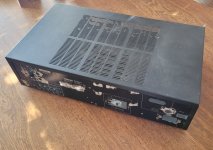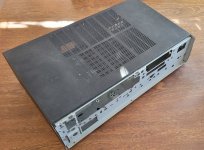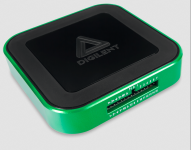Hi all!
Been collecting vintage yamaha hifi for a while and have now quite some equipment, among other a C2 preamp and a T2 tuner, which feed an M4 power amp at the moment, all fully restored. A few weeks ago, a B2 power amp appeared on an auction site, listed as non-functional. The seller claimed that he had received it two years ago, tested it and then put it away until now as it did'nt work. Well, I couldn't resist the temptation and won the auction, although for some more than I wished for as it was listed as not working. The other day I picked it up, the cosmetic condition is very good, barely a mark on it. So on to the electronics, I opened it up, by the looks of it, it actually seems like it been unused for a quite a few years, some cobwebs and dust all over the inside. So I checked (not powered up) if there was any voltage left in the capacitors, no not even a few mV. Ok, unsolder the connections, unscrewed the heatsinks and remowed them from the chassis to access the VFET transistors. The moment of truth, are they okay or not? Testing the first one, it passes the ohm measurement and the diode test looks good, testing the next one.., the ohm measurement shows infinity and the diode test fails. When I had measured them all, there are two 2SK76, one per channel that measure as they should, the rest is toasted. Well, it was a calculated risk, had they been okay, it would have been a good deal, now it wasn't.
Since it is not likely that I can get hold of four matching pairs of VFETs, the question is what do I do now? Search patiently for VFETs, or use the chassis for a diy build? It's a good looking chassis with really nice vu meters, double transformers, and massive heat sinks. I think it will be possible to use the chassis for diy without making physical changes that cannot be restored. All circuit boards will be removed and keept safely if I would get hold of the VFETs, in which case I will rebuild the amp to original state.
Prerequisites:
VAC from each transformer: 41V-0-41V, center tap, will give aprox +-54VDC, as I understand.
I will try to keep the meter board to drive the VU meters.
The two driver boards will be removed, dimensions 190x125 mm, giving space to new circuit boards.
Between the fins of the heat sinks there is 55x125 mm space for mounting power transistors (on each heat sink).
If going new diy amp, I would prefer Class A and have been looking at the F5M amplifier, although then it's not possible to use the existing transformers as the voltage would be much to high. If thinking class A/B, Honey Badger, the transformers could be used I think, saving some money.
If going the F5M route, I am thinking dual mono setup, two transformers 160VA, 2x18V, one for each channel.
F5M Core + two PSU kit. Will try to set bias at 1,4 A, or lower if the heatsinks gets to hot.
Yet another option appeared as I was looking through my stuff in the office, found a pair of Aleph 3 clone PCBs. What about this with IRF244 TO3 as outputs? Looks like these are avaiable at Digikey. In this case the TO3s would fit perfectly on the heat sink.
So my options:
1. Wait for four matched pairs of VFETS to be avaiable.
2. Go for F5M dual mono.
3. Go for Aleph 3, probably dual mono as well.
Any thoughts, opinions and advice are welcome.
Hans
